Blog
Why is Transparency Key to Project Success?22 Jun 2021

When working as a team, it can be challenging to arrive at a shared conclusion and an agreeable result, to put it mildly. And, where teams working on the more technical aspects can rely on a binary classification of the issue - something is either done right, or it's not, the groups that bring creative projects to life, face an increased difficulty. Everyone's take on a design problem can be different, and so will be their propositions to address it. Not to mention the, potentially fluid, client requirements with each iteration between them and the team.
The challenges that this brings sit on several plains: the communicative, decisive, and technical. Add to it the now standard lack of shared location among the team members, and any project, be that a web, architectural, or even engineering design, can turn from a simple run to an overcomplicated mess that no one can see the end of.
Let's make a case for how transparency in communication, decision-making, and the technicalities of the workflow can simplify this type of shared creative work, making it less of a frustrating experience for all involved.
How to enact transparency right from the beginning of the project lifecycle?
- Goals need to be clearly defined for everyone
- Any change that is made to the requirements must be known to all team members
- Single-out your decision-maker to avoid confusion
- Make room for emergency issues management, but don't overuse it
- Demand the team to keep a real-time view of their actions
- Take feedback on board and use it in future projects
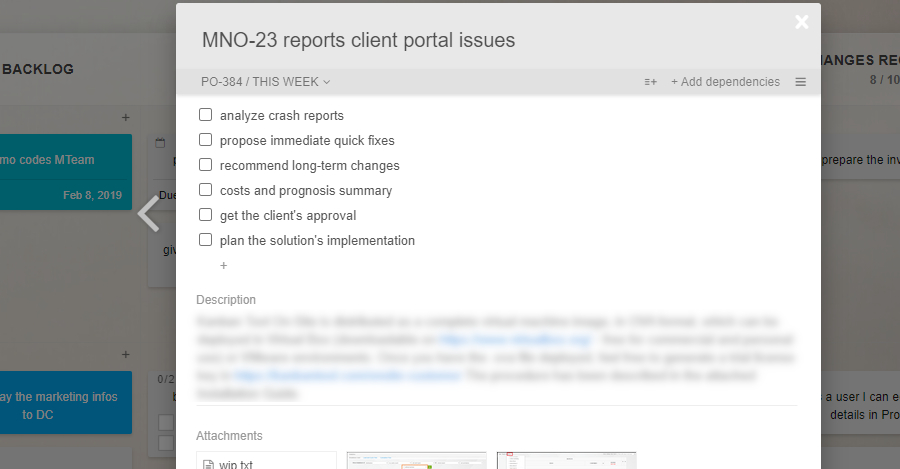

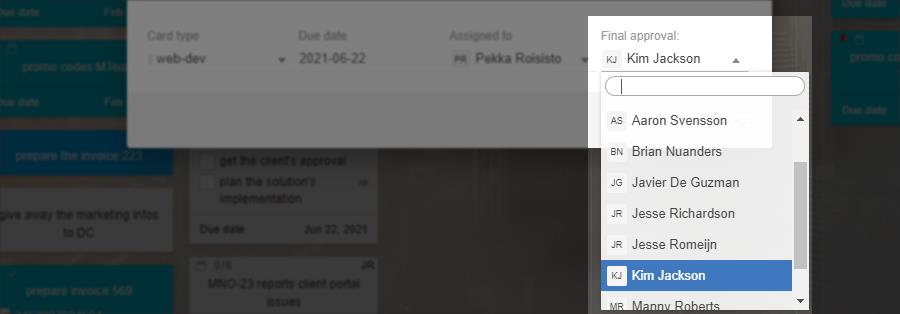
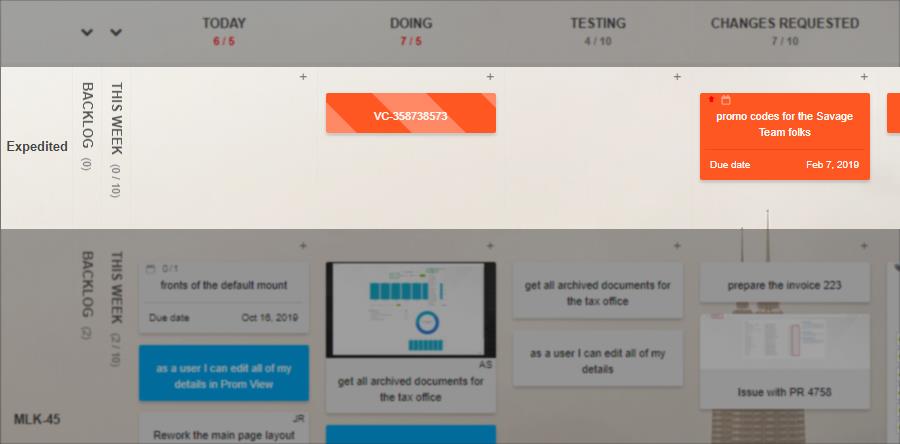
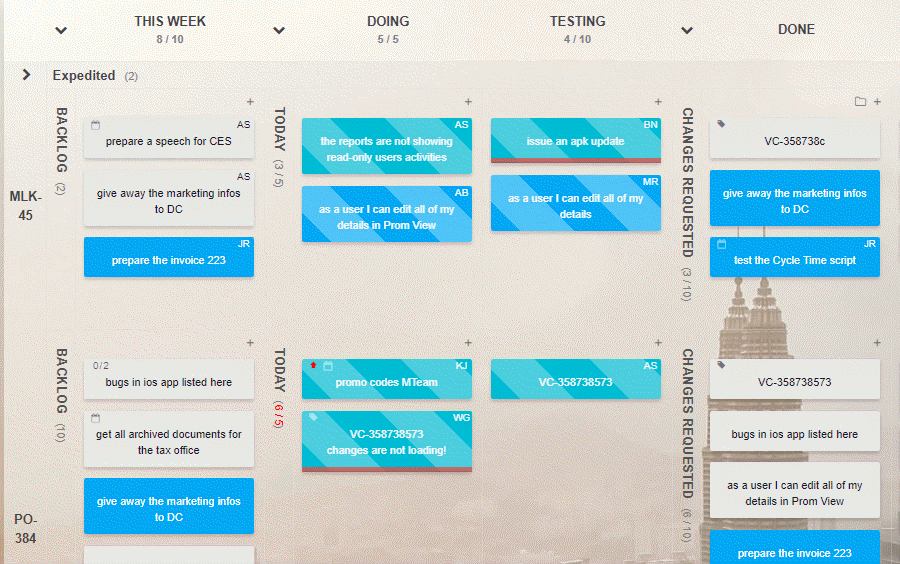
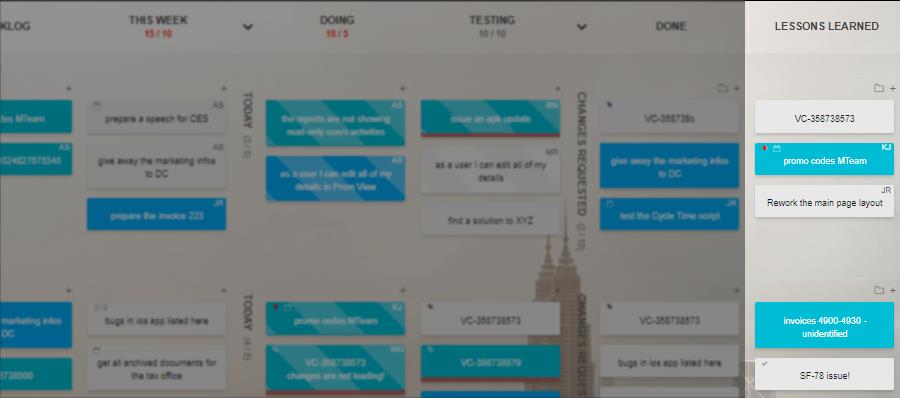
What will be the results of information transparency being weaved into your daily work?
Better results
Since everyone's part in the project is defined and trackable at any time, this tends to be a strong motivator of best efforts. As opposed to vaguely defined teamwork, where "Team A does the webpage design, Team B implements it", having jobs split into tasks and each task assigned to someone specific makes job accountability high, so people try to give it their best.
Less waste and fewer surprises
Because the team no longer needs to spend a quarter of their day chasing the latest status updates, things happen faster, and progress is less interrupted. All this, of course, means higher project turnover. Also, when something goes wrong, the facts will be more quickly available to everyone taking part in the project, so that losses can be cut and a fix can be worked on jointly and from all angles.
Stronger teams, stronger companies
Having everyone's tasks and progress in one place makes it easier to share problems and to solve them together. Knowing what others are up to can also decrease some people's sense of "not doing enough", and cool down those, who always exaggerate their input. Combined, this reduces workplace ambiguity, helps the team feel and do better while fretting less. Teams who know what is truly going on are performing better. That leaves all of their powers for the creativity, that they are there to exercise. Seeing the entire project at a glance also helps the individuals appreciate and understand the way the whole endeavor works, fuelling job ownership and sense of purpose.
Easier oversight
Now, that the entire workflow and each item's status is accessible at the click of a button, the manager will be less tempted to give in to micromanagement. Both the state of the tasks, as well as jobs distribution among the team are easy to observe. Even when problems arise, as they inevitably always do, they can be spotted early and communicated to everyone - the client included. Transparency with both the good and the bad builds trust within the team, and between you and your clients. Keep in mind, your clients are probably are likely facing the very same collaboration hurdles that you are - no need to shield them from yours, people appreciate honesty.
The key element to take away from the idea of embracing communication and workflow transparency is that it will make your team's life easier, thereby helping them deliver projects more successfully, quickly, and at a lower cost. At the same time, your team will experience less frustration and is highly likely to grow stronger!
Sign up for a 14-day free trial
to test all the features.
Sign up now and see how we can help
your organization deliver exceptional results.